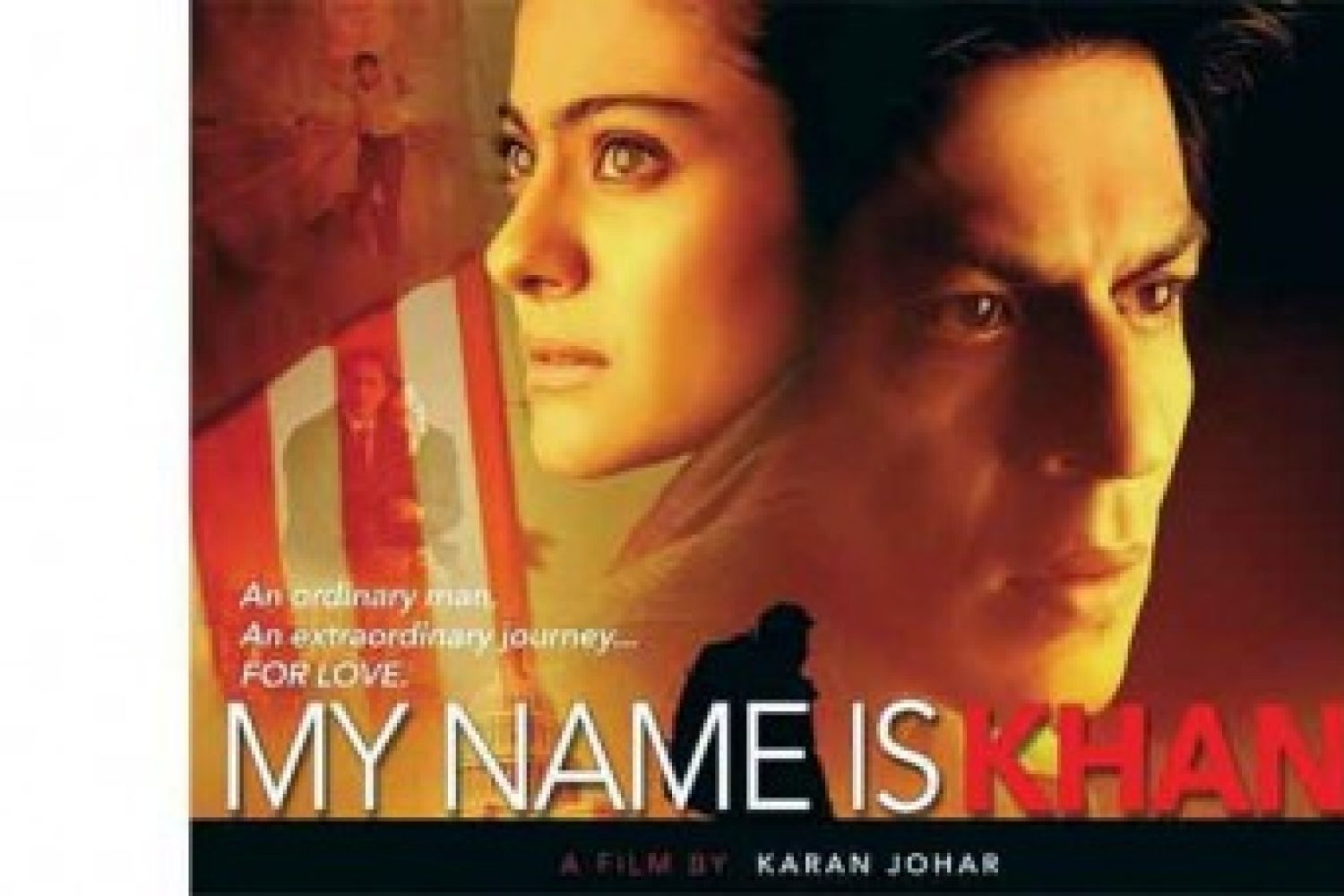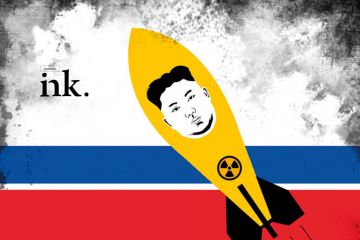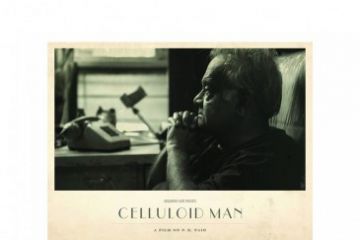
Everyone loves glamour,
but in Pakistan, the desire for some relief from the veils drawn down by the
ultra-conservative is especially strong. No wonder, then, that Bollywood has so
many fans. It draws attention to something specific, something that signifies
happiness, joy and celebration. Lollywood—the Lahore-based Pakistani film
fraternity—may have had glamour at some point in the past but what they make
today in the name of a film is not what the Pakistanis want.
Bollywood is the





